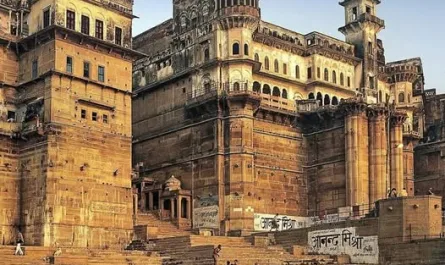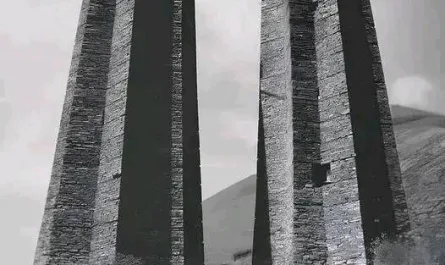Göreme’s Paraiso de Roca: A Timeless Wonder in Cappadocia
Nestled in the heart of central Turkey, Göreme’s Paraiso de Roca, or “Paradise of Rocks,” is a breathtaking testament to nature’s artistry and human ingenuity. Known as part of the Cappadocia region, this otherworldly landscape of fairy chimneys, rock-cut dwellings, and ancient churches has captivated travelers for centuries. By 1899, Göreme was already celebrated for its surreal rock formations, sculpted by millennia of wind, water, and volcanic activity. Today, as a UNESCO World Heritage Site, it remains a global treasure, blending history, culture, and natural beauty.
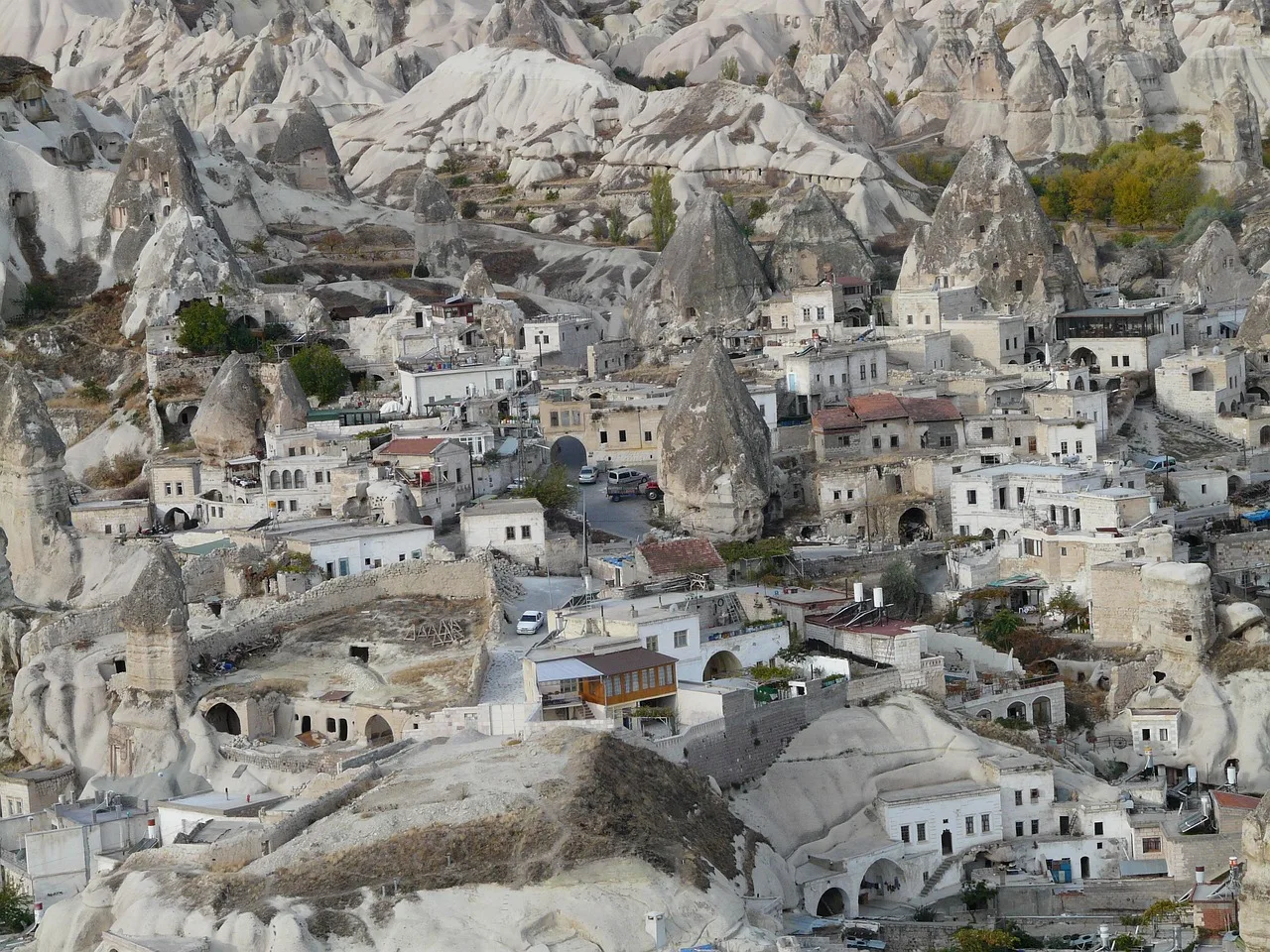
A Landscape Shaped by Time
Göreme’s iconic fairy chimneys—tall, cone-shaped rock formations topped with harder stone caps—define the Paraiso de Roca. Formed by volcanic eruptions millions of years ago, followed by erosion from wind and rain, these natural sculptures create a dreamlike valley that feels plucked from a fairy tale. The soft tuff rock, a legacy of ancient volcanic activity, proved ideal for carving, allowing early inhabitants to transform the landscape into homes, churches, and entire villages. These rock-hewn structures, some dating back to the Byzantine era (4th to 15th centuries), showcase a remarkable harmony between humanity and nature.
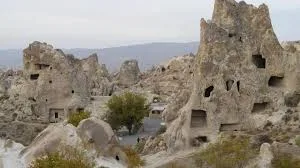
A Sanctuary of Faith and Resilience
Göreme’s historical significance lies in its role as a religious and cultural hub for early Christians. Fleeing persecution, they carved churches, monasteries, and dwellings into the soft rock, creating hidden sanctuaries within the valley’s rugged terrain. These rock-cut spaces, particularly prominent from the 4th century onward, became thriving centers of worship and community. The Göreme Open-Air Museum, a highlight of the region, preserves dozens of these churches, adorned with vibrant frescoes and intricate carvings. Scenes of biblical stories, painted in vivid reds, blues, and golds, still glow within cave interiors, offering a glimpse into Byzantine artistry and spirituality.
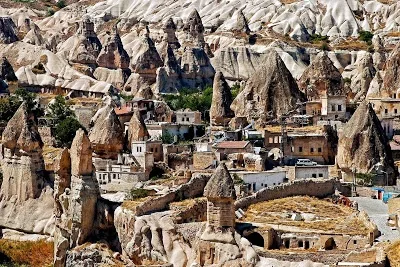
The ingenuity of Göreme’s inhabitants extended beyond worship. Entire villages were carved into the rock, complete with homes, storage rooms, and even dovecotes for raising pigeons. These structures, blending seamlessly with the landscape, reflect the resourcefulness of communities that thrived in this seemingly inhospitable environment.
A Modern Marvel
Today, Göreme’s Paraiso de Roca draws visitors from around the world, eager to explore its surreal landscape and rich history. Tourists wander through the Göreme Open-Air Museum, marvel at fairy chimneys, and stay in cave hotels that echo the ancient dwellings. Hot-air balloon rides at dawn offer panoramic views of the valley’s lunar-like terrain, a bucket-list experience for many. The region’s cultural heritage, from its Byzantine frescoes to its traditional crafts, remains vibrant, connecting modern travelers to ancient traditions.
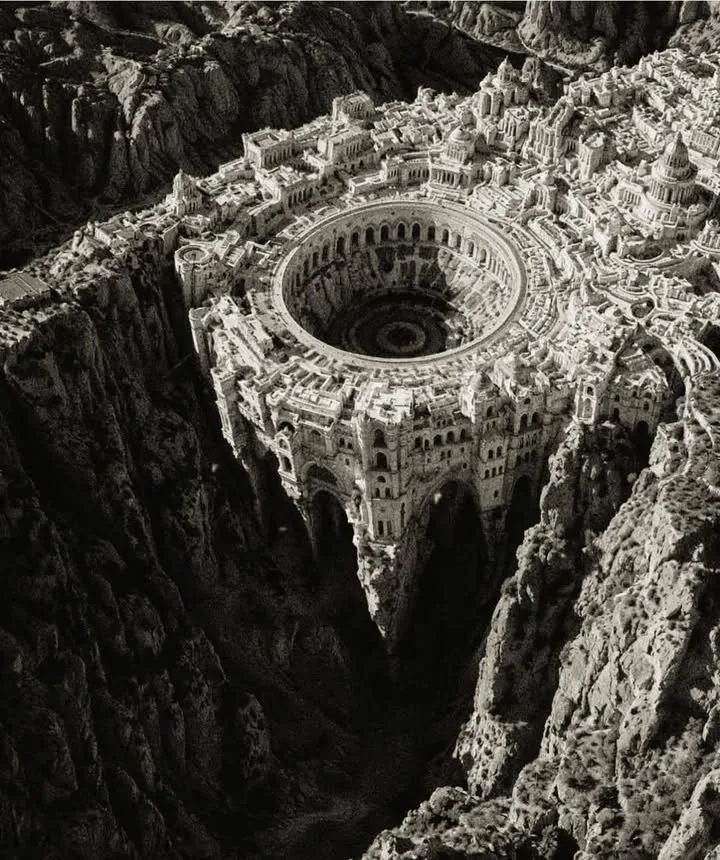
As part of the UNESCO-listed Cappadocia region since 1985, Göreme is recognized for its universal cultural and historical value. Its fairy chimneys, cave churches, and rock-hewn villages stand as a testament to human creativity and resilience, making it a must-visit destination for those seeking to explore a landscape where nature and history intertwine.
A Timeless Journey
Göreme’s Paraiso de Roca is more than a geological wonder—it’s a living museum of human history. From its Byzantine sanctuaries to its modern-day allure, the region invites visitors to step into a world where ancient ingenuity meets natural splendor. Whether marveling at a frescoed church, hiking through fairy-tale valleys, or floating above the chimneys at sunrise, Göreme offers an unforgettable journey into a paradise carved from rock.


